Parma is a culinary gem in northern Italy, renowned for producing Parmigiano Reggiano and Prosciutto di Parma. Using a clear rating system, I share my honest review of visiting it, along with firsthand tips.
Lists By Lukiih is readers-supported. When you buy with my affiliate link, I may earn a small commission. Thanks!
🍀 Lukiih’s Verdict
A day trip to Parma is a decent option; it’s not a must-do on your first trip to Italy.
- It’s a great place to visit to experience a more tranquil side of Italy, eat Parmigiano, or dine at exceptional restaurants.
- The day trip is moderately priced, assuming you will eat at a well-rated restaurant or visit one of its main attractions.
- Minimal preparation is required, as you only need to figure out transportation and make restaurant reservations in advance.
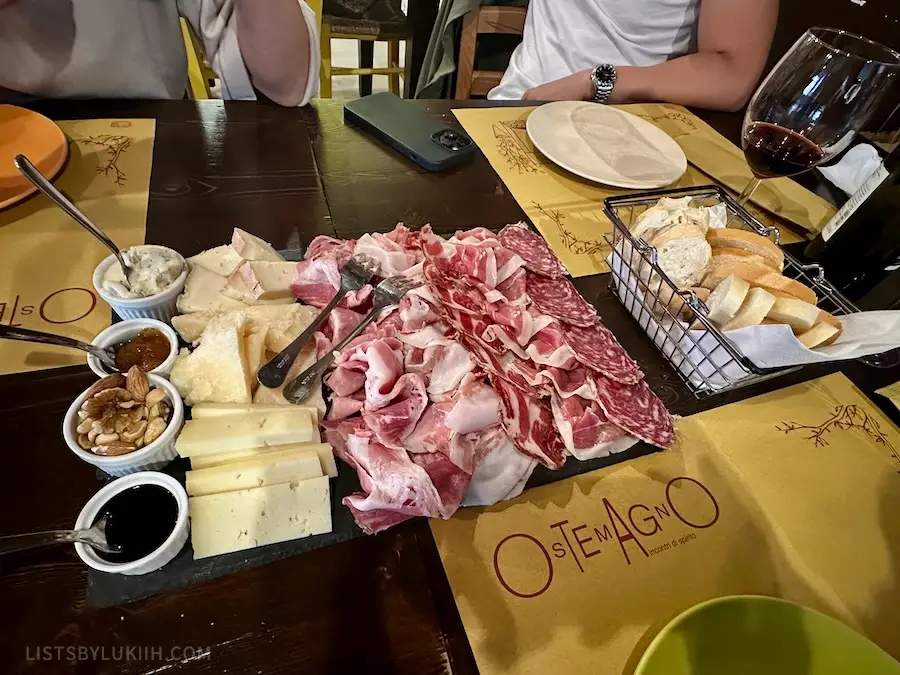
🇮🇹 Planning A Trip to Italy: 12 Practical Things To Know
🏆 Where Does It Rank?
A day trip to Parma ranks as the #14 experience I had in Italy. Here’s how it compares to other things I did on my trip:
🍝 7-10 Days in Northern Italy: 2 Efficient Itineraries
✈️ About My Trip
For context on my review, here’s what to know about my trip:
- I finance my trips and don’t receive sponsorship; this review reflects my honest opinions.
- This post has updated 2024 information, but I visited Parma in 2022.
- My Italy trip was in May when it was less crowded and expensive.
- A day trip to Parma is an uncommon experience. I estimate that fewer than 50 cities are known to have originated a famous cheese. It’s the origin city of Parmigiano Reggiano, the regulated version of Parmesan cheese, and Prosciutto di Parma, one of the best types of prosciutto.
- Parma is located in Italy’s Emilia-Romagna region, the country’s food capital, and is known for producing some of the best restaurants in the world. I was far from disappointed when Cocchi, a restaurant featured in the Michelin guide, presented an entire block of fresh parmesan as an appetizer.
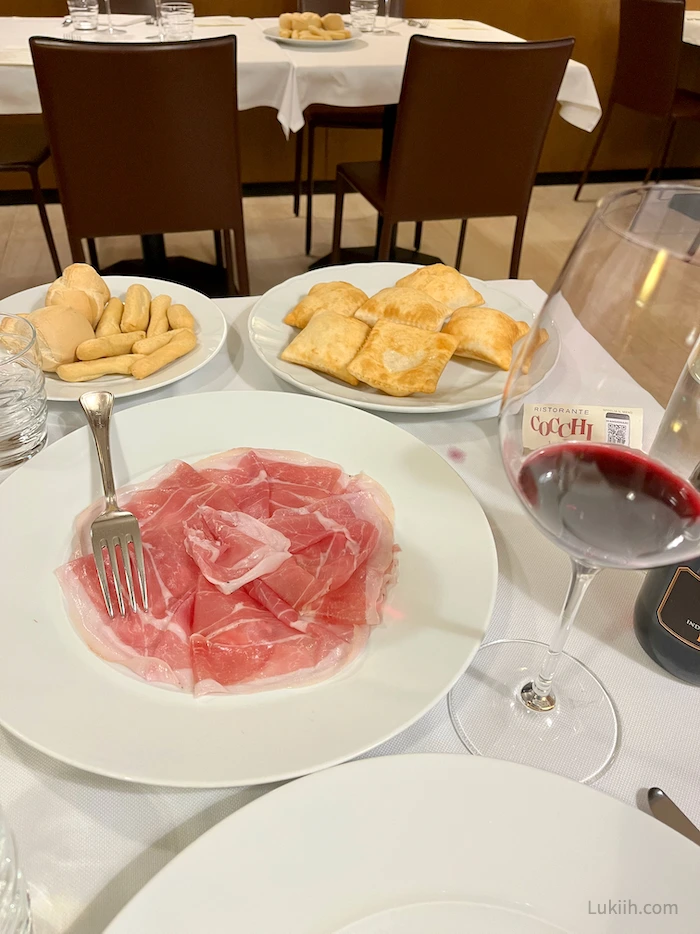
- Although a notable city serving exceptional food, Parma is not the most famous culinary place in the Emilia-Romagna region (Bologna and Modena are).
- Several other places worldwide are renowned for cheese production, including Switzerland’s Gruyères, Spain’s Manchego, and England’s Cheddar.
- Although the city has a rich cultural heritage, its cathedral, museums, bridges, and other attractions pale in comparison to much grander ones throughout Italy.
Read on for the best way to spend time in this city.
- The cheese and cured ham are, of course, outstanding. One of the best things I discovered in Italy is Lambrusco, a sparkling red wine from the Emilia-Romagna region. It’s not specifically a Parma wine, but it’s difficult to find elsewhere.
- Parma is a great Italian city to escape the touristy places and have a more tranquil time without being bored since there are enough things to see and do.
- It’s interesting to take a Parmigiano factory tour to better understand the cheese-making process. These tours are consistently the most well-rated experience in the city.
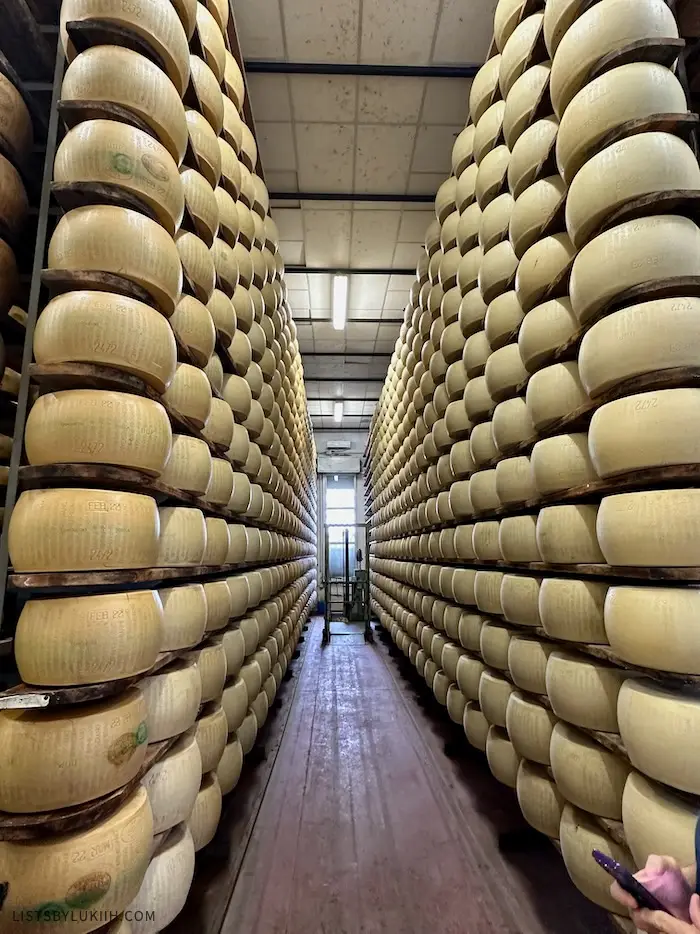
- It’s a slow city where smaller businesses are sometimes closed on Mondays, Sundays, and certain holidays, so it can be quieter than expected.
- Unless you plan to visit the city’s museums, opera houses, or other historical attractions, a day trip there isn’t particularly enriching.
See below for great attractions and things to do.
A day trip to Parma costs between $50 and $150, depending on whether you eat at a high-end restaurant and book a Parmigiano factory tour. I spent $47 in Parma ($34 on food and $13 on round-trip train tickets). My total cost is lower because I only paid for food and transportation.
💰 My Italy Trip Cost: Budget Breakdown (2025)
- You don’t need any special skills or fitness to visit Parma. The city is small enough that you can explore the center on foot at a leisurely pace.
- Parma is located in the Emilia-Romagna region of northern Italy. The best way to get there is by train. It’s about a 30-minute train ride from Modena and a one-hour train ride from Bologna. The closest major cities, Milan and Florence, are about two hours away.
- Parmigiano factory tours take place in the morning, so book them 1-2 days ahead. If you want to eat at one of the restaurants mentioned in the Michelin Guide, make reservations more than a month in advance. As is true in many places in Italy, this is the only way to guarantee seating.
You might have to contact the restaurant through email or WhatsApp (I made my reservations through email) and wait more than 24 hours for a confirmation.
How To Guide & Tips
Interested in visiting Parma after reading my review? Below is a practical how-to guide and firsthand tips.
How To Get Around
Most visitors travel to Modena or Bologna and then take a train to Parma for a day trip. Once you’re there, you can get around in four different ways:
- 👟 Walking – The center is small enough to reach most attractions on foot. It takes about 30 minutes to walk from one end of the city center to the other without making stops. This is how I primarily got around.
- 🚲 Rental bike – Biking is an efficient and cost-effective way to get around. Bike rental places are located next to the train station.
- 🚌 Bus – The city has a bus system; see the Tep bus’s official website for more details.
- 🚕 Taxi – If you need to go further out of the city center, you can call a taxi, but they’re relatively expensive.
Attractions
Having collectively spent two days in Parma, I share my and my friends’ recommendations on the best things to do in the city.
- 🧀 Eat Parmigiano Reggiano and Prosciutto di Parma – No Parma trip is complete without eating both. You can try them at a well-rated restaurant or on a highly-rated walking food tour.
- 🧀 Take a Parmigiano Reggiano factory tour – The city specializes in producing Parmigiano Reggiano, so this is the best place to learn about the production process.
- 🌉 Cross the Ponte Verdi – This is a historic bridge that’s pedestrian-friendly and located above Torrente Parma, the river that flows through the city.

- 👟 Explore the central area – One way this city is unique from its neighboring cities, Modena and Bologna, is that it has a small-town atmosphere while still offering lively markets and shopping streets. Check out Strada Cavour.
- 🌳 Visit Parco Ducale – This park is a worthwhile main attraction. It’s a relatively large park with beautiful gardens, historical landmarks, and plenty of space for relaxation.
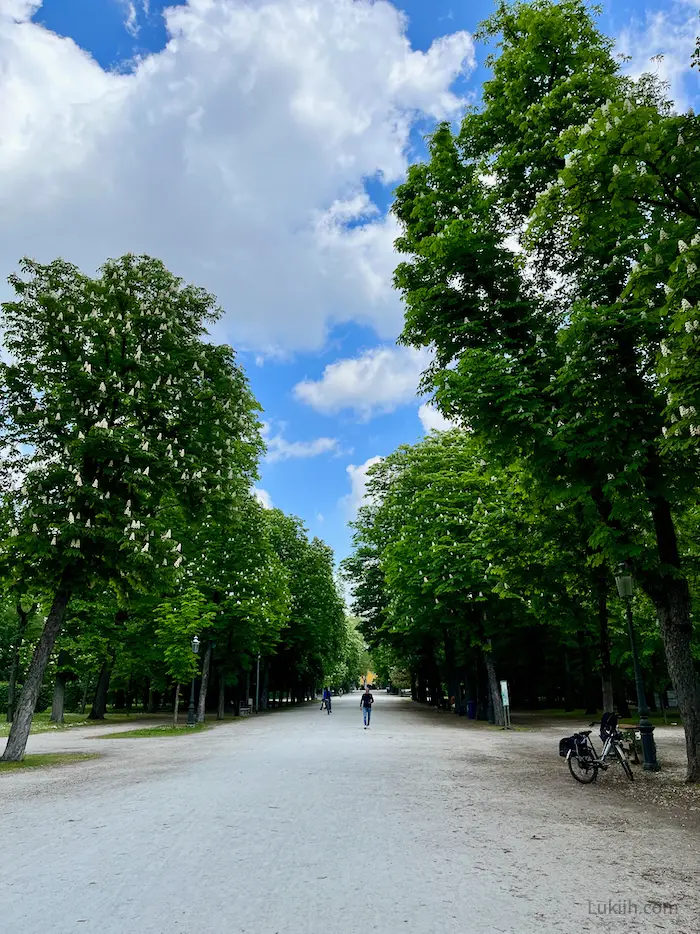
Itinerary
This is a great way to spend your day in Parma and is an improved version of what I did. I’ve included suggested times for each activity based on my firsthand experience.
| Morning | ||
| 🚆 | Train to Parma from Modena or Bologna | Before 8:15 am |
| 🧀 | Take a Parmigiano Reggiano factory tour | 8:30 am–1 pm |
| Afternoon | ||
| 🛍️ | Explore the central area | 1:30–4 pm |
| 👟 | Cross Ponte Verdi | 4–4:15 pm |
| 🌳 | Walk through Parco Ducale | 4:15–5:15 pm |
| Evening | ||
| 🍝 | Have an early dinner or head back to Modena/Bologna | After 6 pm |
Italy Trip Planner 2024
To make your travel preparation easier, download the trip planner below. It has destination-specific travel information, itinerary, map, and packing list.
My trip planners are built on Notion, which I use for all my travel planning. I genuinely love this tool and creating an account is free.
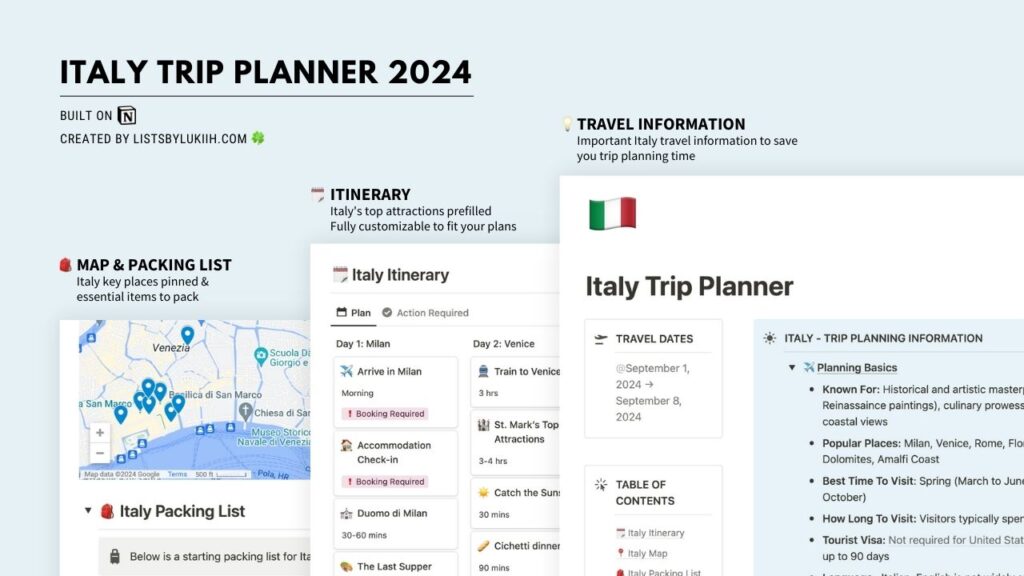
Italy Travel Guides
- 🇮🇹 Planning A Trip to Italy: 12 Practical Things To Know
- 🍝 7-10 Days in Northern Italy: 2 Efficient Itineraries
- 💰 My Italy Trip Cost: Budget Breakdown (2025)
- 🎭 Venice Day Trip: 8 Great Things To Do + 1-Day Itinerary
- 👨🎨 3 Amazing Days in Florence: Itinerary With Hidden Gems
- ⛰️ Hiking Cinque Terre: My Honest Review & Tips
- 🌷 Lake Como Day Trip: My Honest Review & Tips
- 🚣♂️ Gondola Ride in Venice: My Honest Review & Tips
- 🧀 Parma Day Trip (Italy): My Honest Review & Tips
